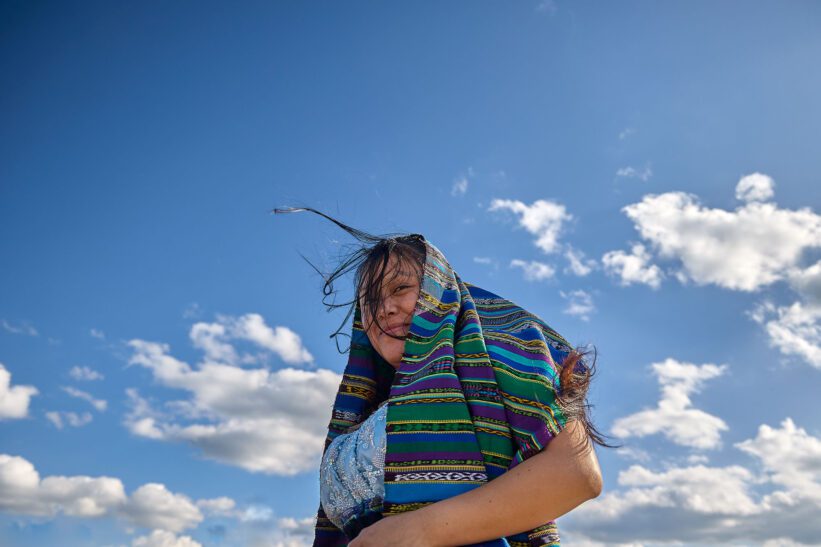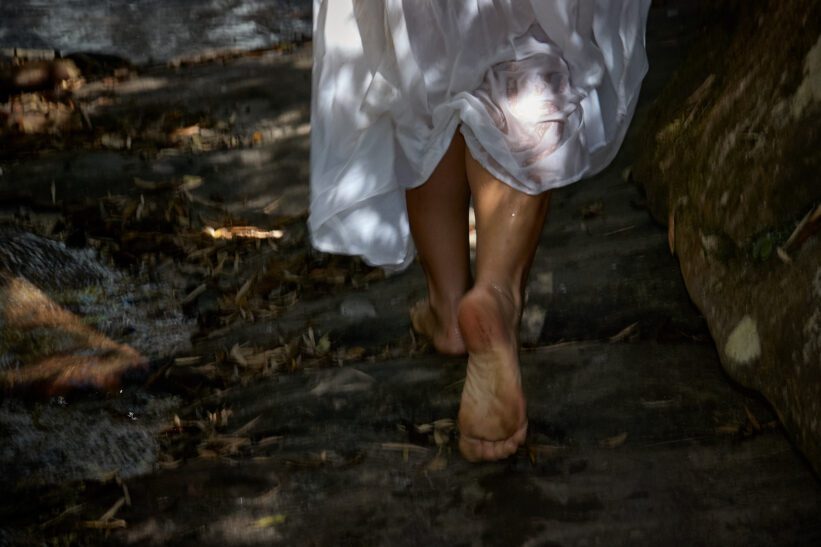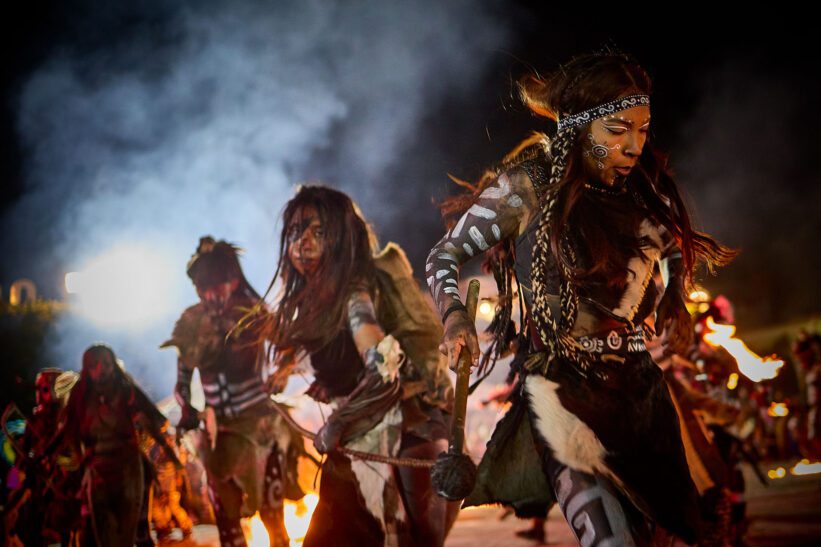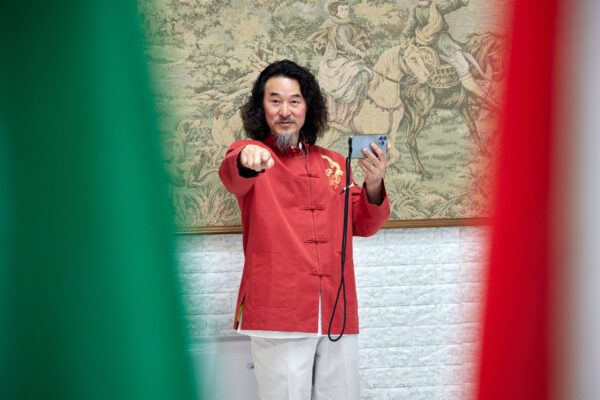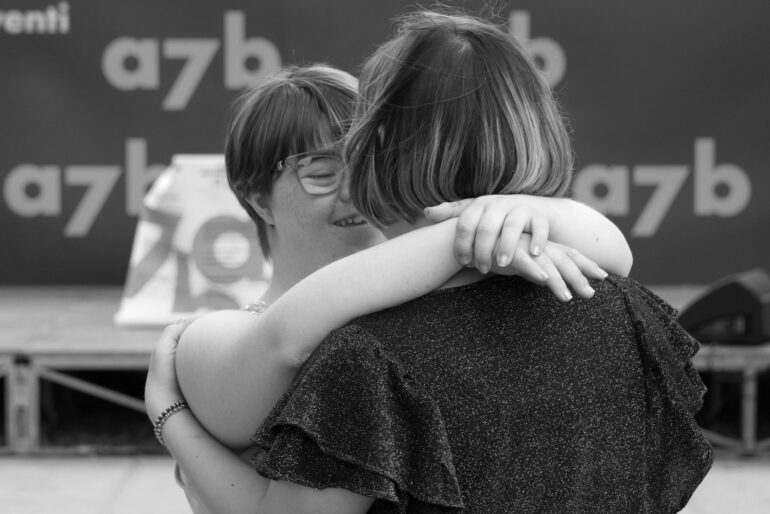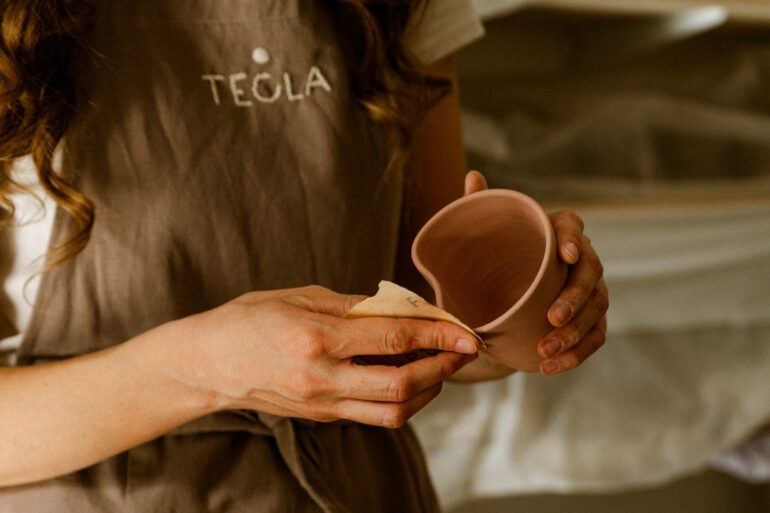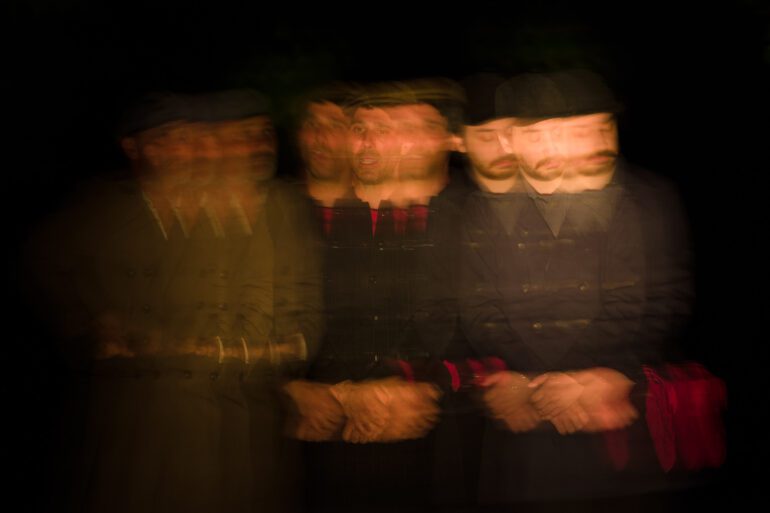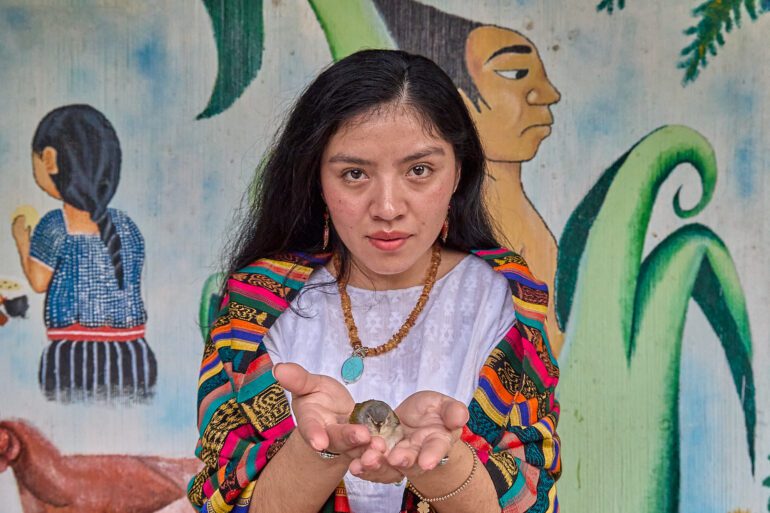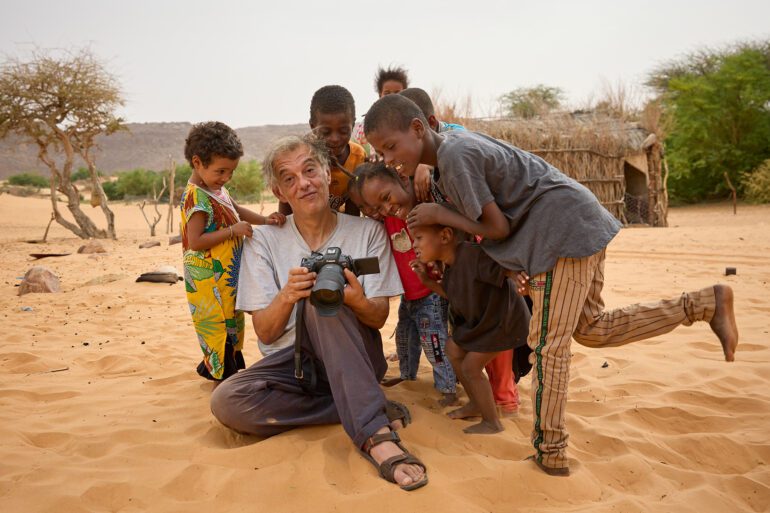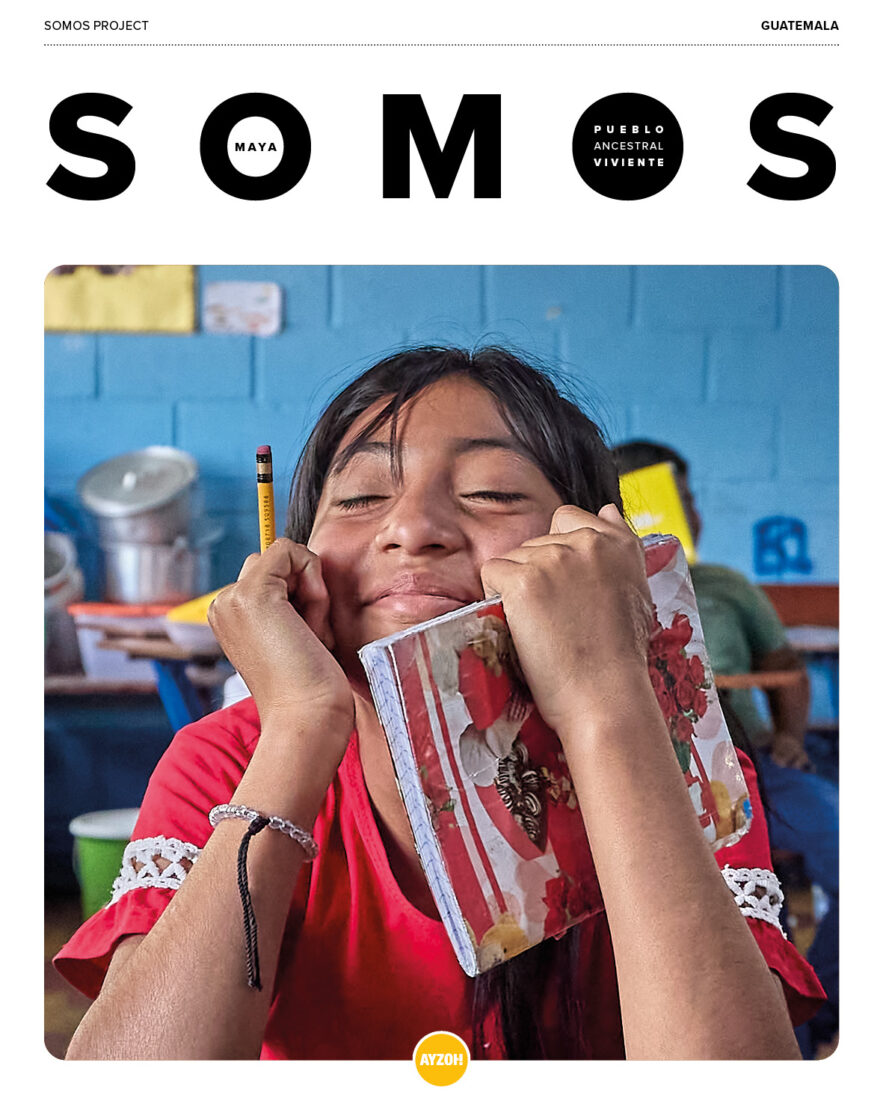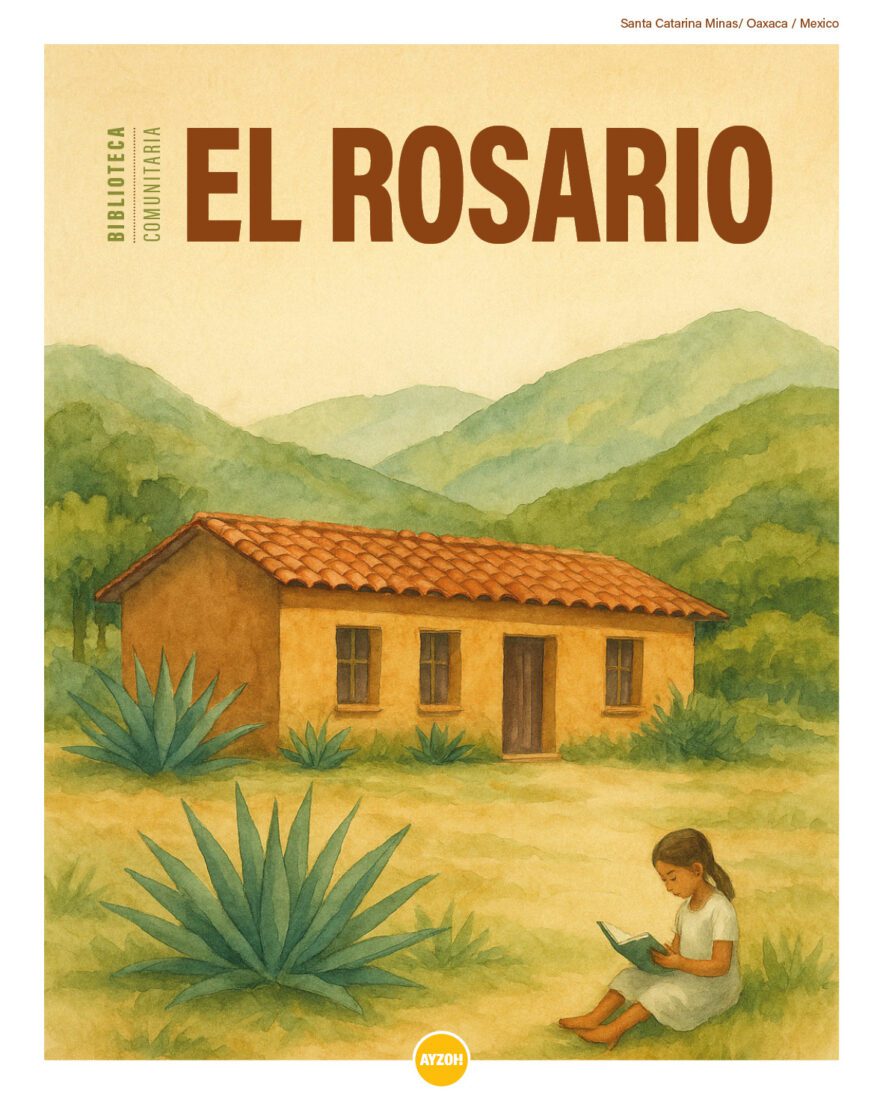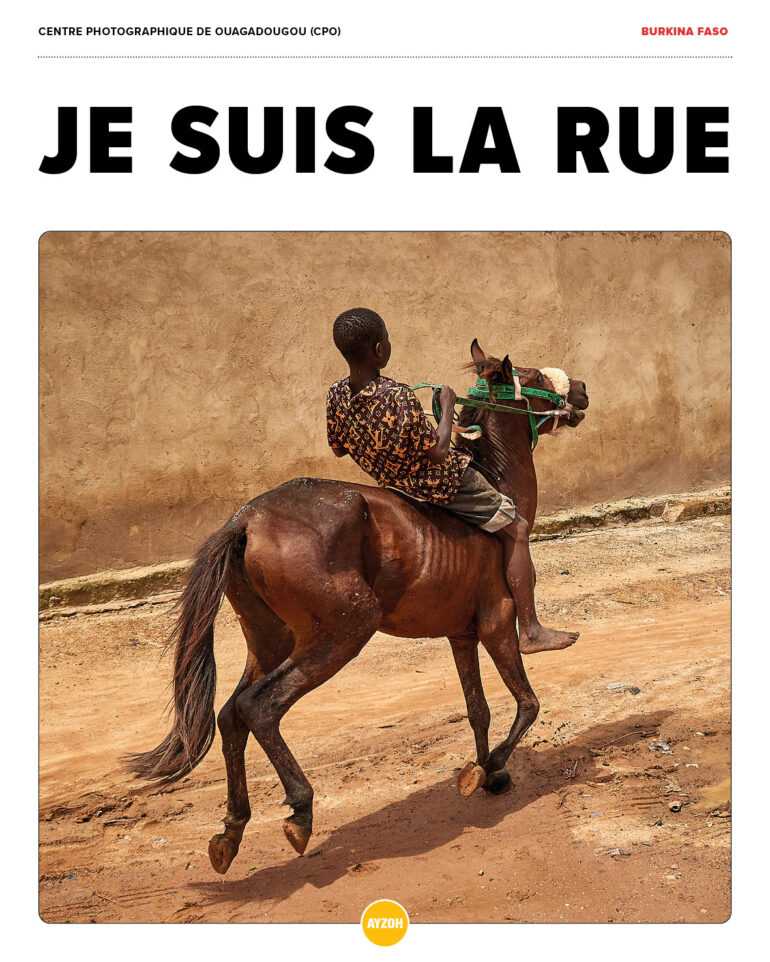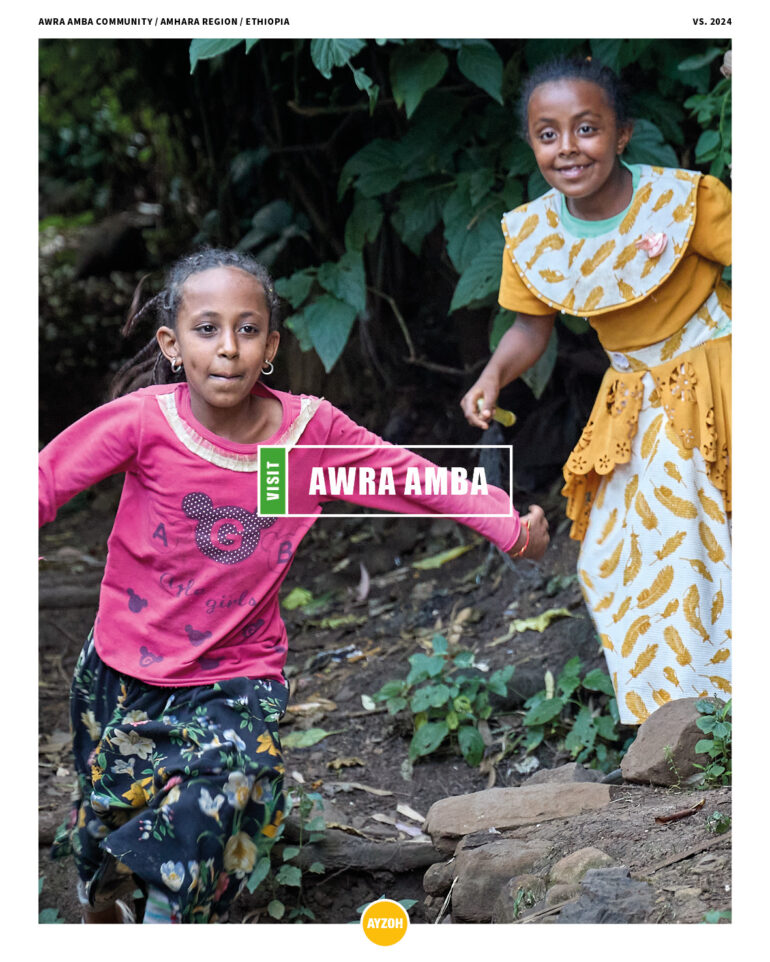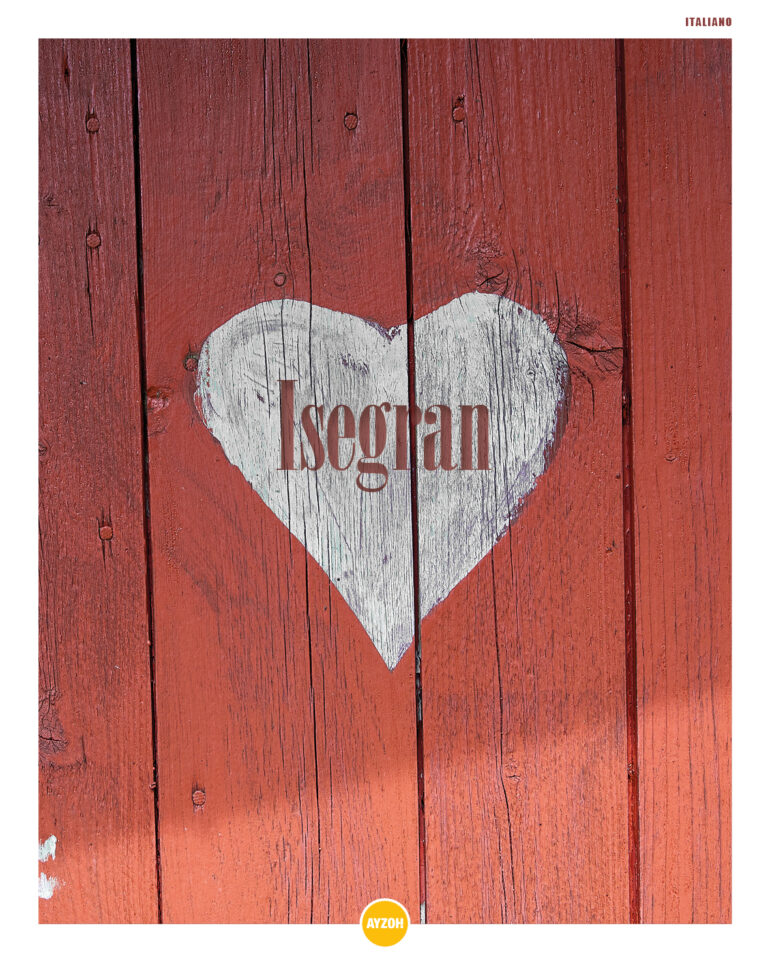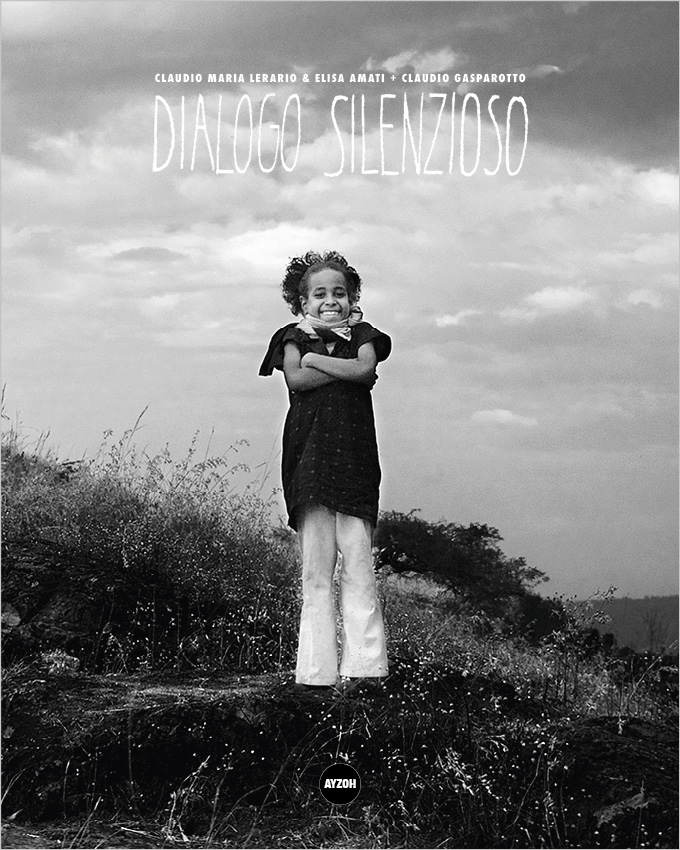In Hawassa, Ethiopia, Ayzoh! partnered with the local organization Let Us Change (LUC) to build a system of visual storytelling and advocacy aimed at helping LUC gain more resources for their work with children living on the streets. Beyond offering a safe home, LUC provides high-quality education for younger children and vocational training for teens, creating a space grounded in care, trust, and self-determination.
The community at LUC is built around the principles of Ubuntu, a Southern African philosophy that values interconnectedness, mutual support, and dignity. Inspired by this way of living, we co-designed a project with the children: a photographic book, a small art print collection, and a t-shirt line—all developed from images they created themselves, and all rooted in the values of Ubuntu.
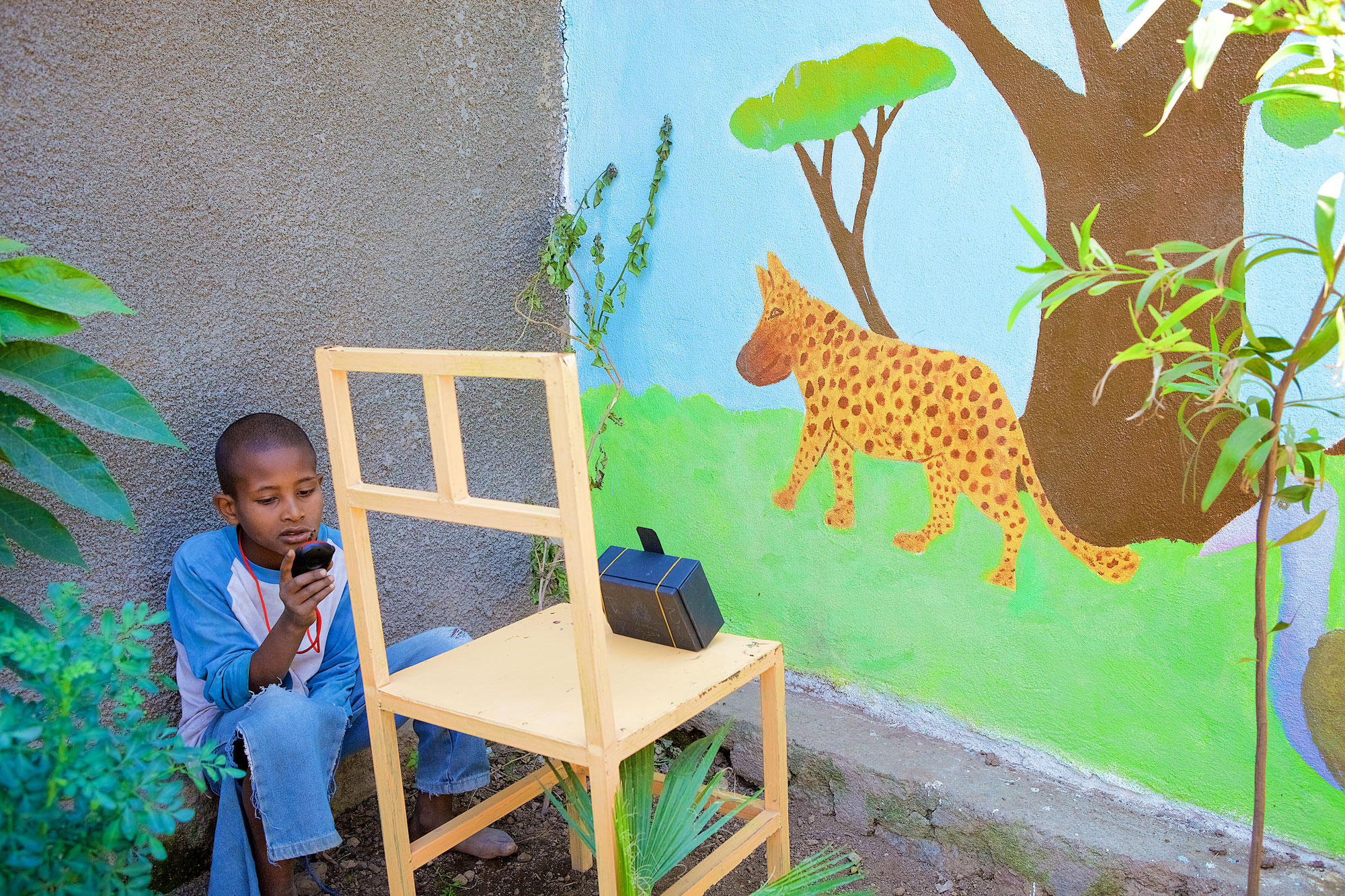
The Process
Over two weeks, during an intensive workshop led by Elisa Amati, Seppe Hendrickx, Antonio Amato, and Claudio Maria Lerario, the children of LUC were introduced to the entire analog photography process—from building cameras to printing their own images.
They began by constructing pinhole cameras from simple materials. Unlike digital or commercial analog gear, the pinhole camera has no lens. It uses only a small hole to let light through, projecting an inverted image onto light-sensitive paper. It’s a slow, tactile process that requires patience, curiosity, and a basic understanding of how light behaves. Smaller holes create sharper images but require longer exposure times, which the children quickly learned to calculate and control.
Each photo was developed and printed inside a darkroom built specifically for this workshop. Working with chemicals, timing exposures, and experimenting with contrast, the children saw their own images emerge gradually—transforming abstract theory into something real, physical, and meaningful.
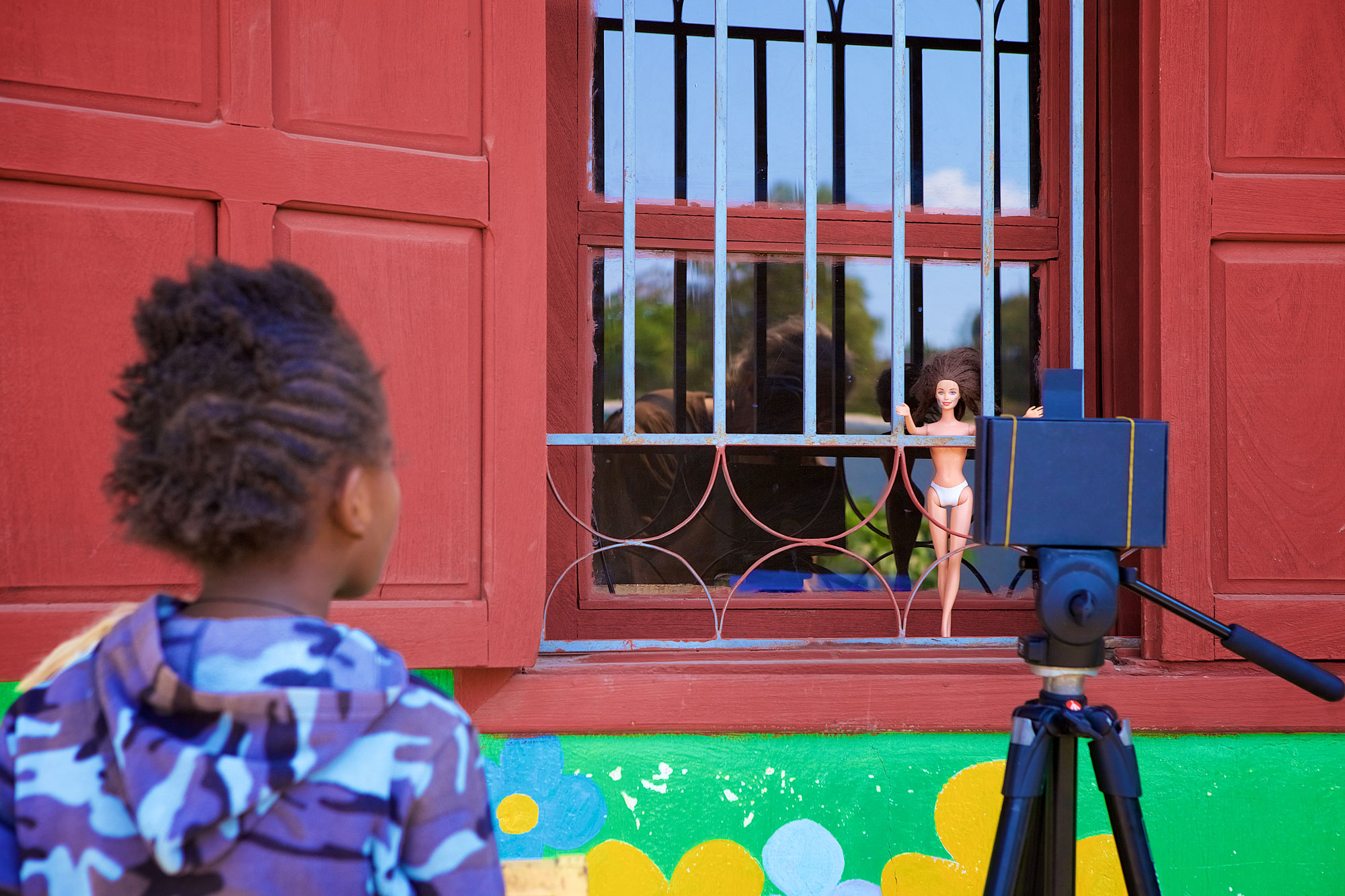
The Book
The photographs in Avere Ubuntu were taken, selected, developed, and printed entirely by the young members of LUC. The result is a visual story of their community, seen through their own eyes, shaped by their hands. These are not images made for them by outsiders—they are theirs in every sense.
Some of the photographs were later adapted into screen-printed art objects and limited-edition t-shirts, further extending the project into new forms of expression and creative work.


